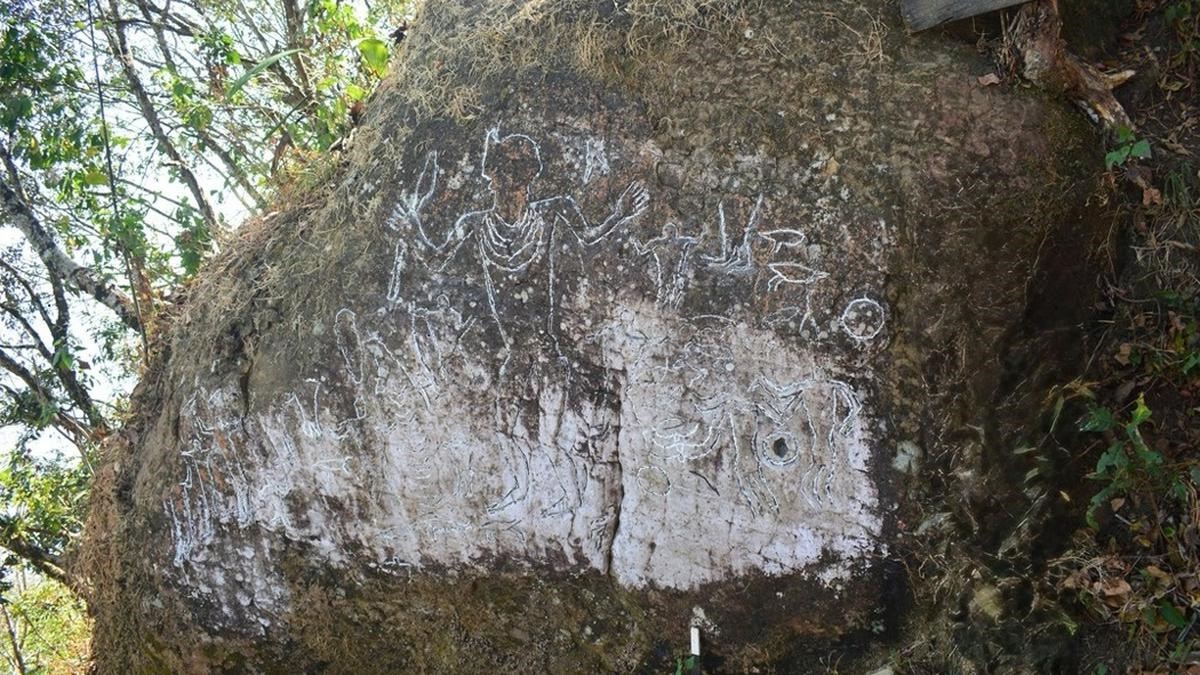7667766266
enquiry@shankarias.in
Mains (GS I) – Indian Heritage and Culture.
Why in News?
The Archaeological Survey of India (ASI) has announced the discovery of 4 centuries-old rock art sites in Mizoram, estimated to date between the 16th and 19th centuries.


Reference